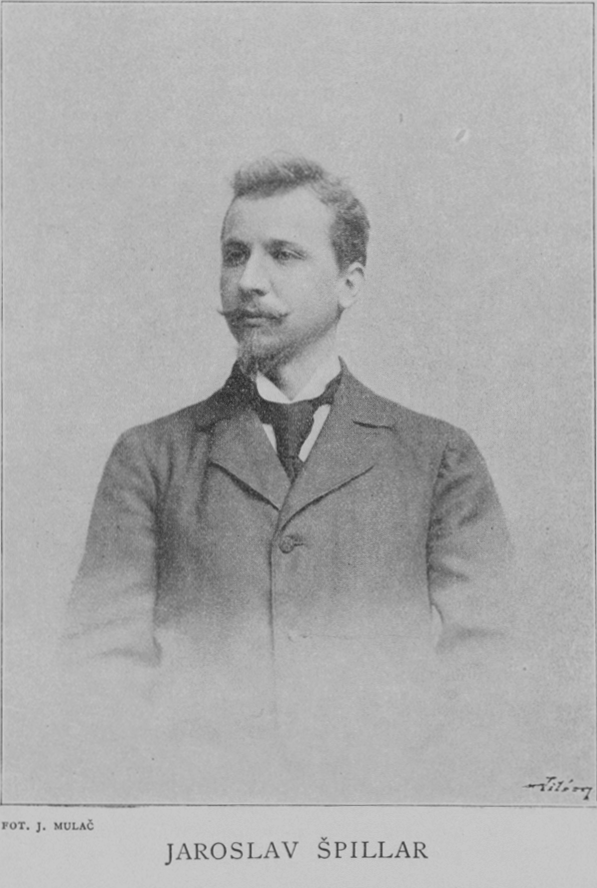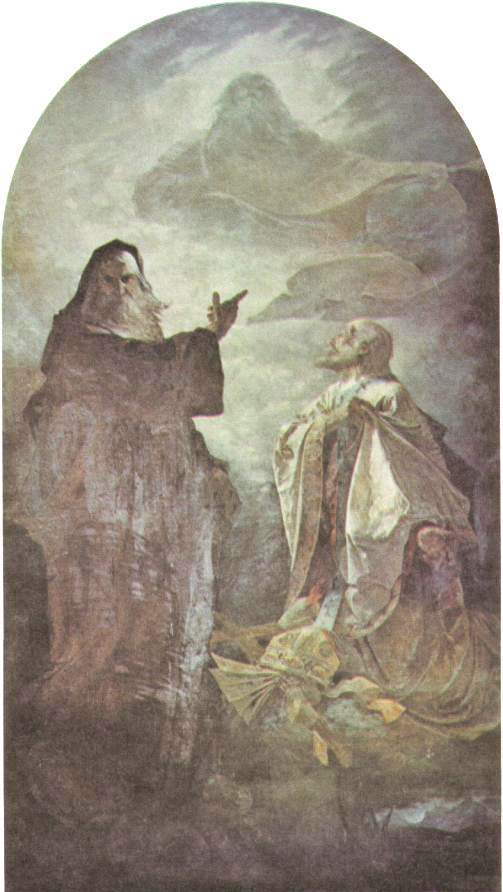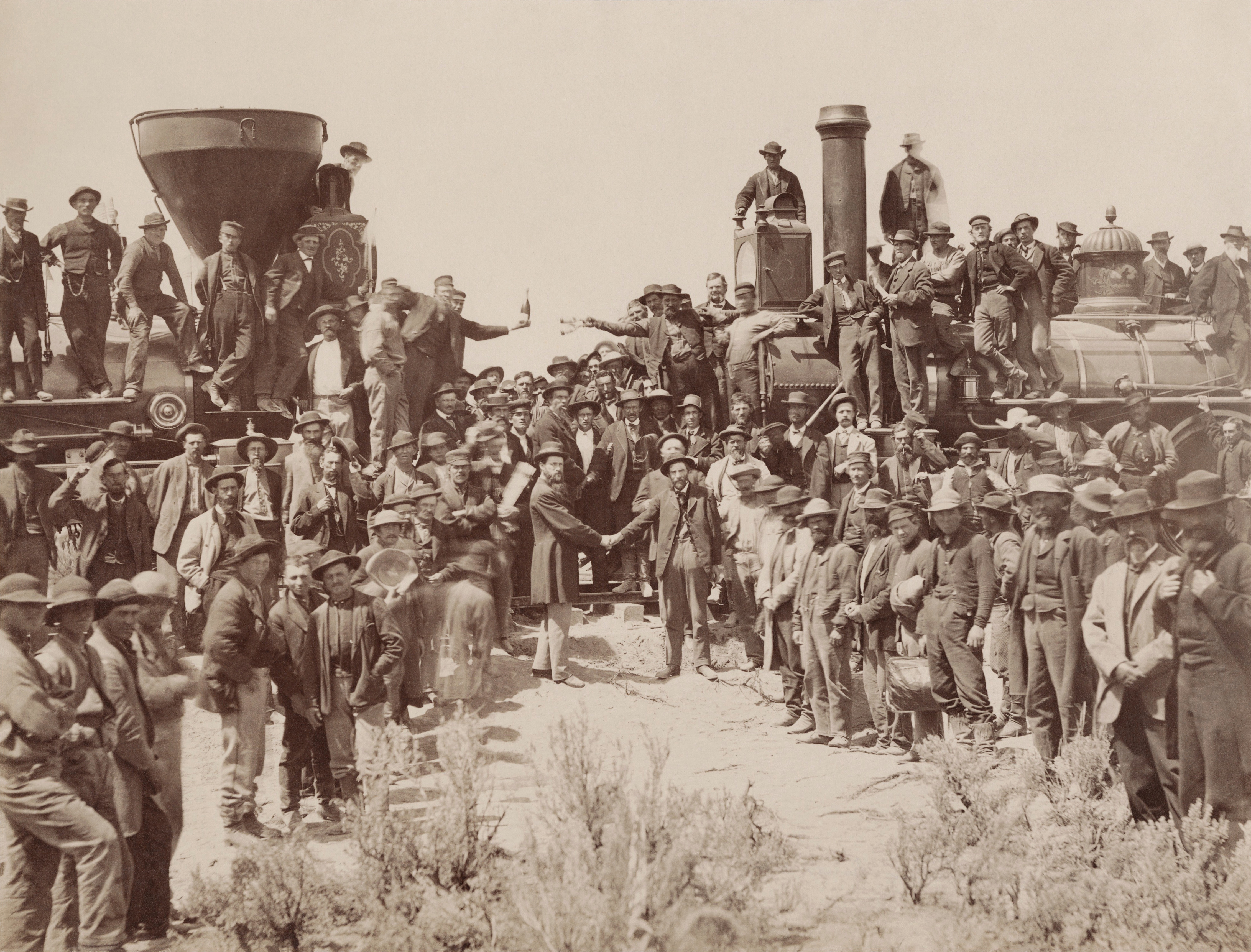|
Jaroslav Špillar
Jaroslav Špillar (11 October 1869 – 20 November 1917) was a Czech artist who specialized in painting the Chodové ("Rangers"). Life Špillar was born on 11 October 1869 in Plzeň. He was the son of a financial officer. His brothers Karel and Rudolf also became artists. In 1885, he became one of the first students at the School of Applied Arts in Prague, where he studied under František Ženíšek and Jakub Schikaneder. He then spent five years at the Academy of Fine Arts with Maxmilián Pirner. This was followed by the traditional study trip to Italy, as well as several other places abroad. By 1888, Špillar had become interested in the Chod region and settled there in 1891. At first, he lived in Postřekov, then moved to the small village of Trávniky, where the local residents gave him the nickname ''Trávníček''. Later (in 1902), he built a villa in Pec where he hosted many celebrities. Alfons Mucha spent his honeymoon there in 1906. In 1904, Špillar began to ... [...More Info...] [...Related Items...] OR: [Wikipedia] [Google] [Baidu] |
Jaroslav Spillar 1899 Mulac
Jaroslav (also written as Yaroslav or Jarosław in other Slavic languages) is a Czech and Slovak first name, pagan in origin. Its feminine form is Jaroslava. There are several possible origins of the name Jaroslav. It is very likely that originally the two elements of the name referred to ''Jarilo'' - male Proto-Slavic deity of the sun, spring, and fertility, and ''slav'' meaning glory, i.e. "glory of the sun". However, with the adoption of Christianity in the Slavic countries the name began to be commonly understood not as a reference to a pagan deity, but rather to the "fervent worship of Go1of the Bible. ;People named Jaroslav: *Jaroslav Drobný, Czech tennis player *Jaroslav Drobný, Czech footballer *Jaroslav Filip, Slovak musician. *Jaroslav Foglar, Czech novelist *Jaroslav Halák, Slovak ice hockey player *Jaroslav Hašek, Czech author, writer of ''The Good Soldier Švejk'' *Jaroslav Heyrovský, Czech chemist and inventor, recipient of the Nobel prize *Jaroslav Jakubovič ... [...More Info...] [...Related Items...] OR: [Wikipedia] [Google] [Baidu] |
Alfons Mucha
Alfons Maria Mucha (; 24 July 1860 – 14 July 1939), known internationally as Alphonse Mucha, was a Czech painter, illustrator, and graphic artist. Living in Paris during the Art Nouveau period, he was widely known for his distinctly stylized and decorative theatrical posters, particularly those of Sarah Bernhardt. He produced illustrations, advertisements, decorative panels, as well as designs, which became among the best-known images of the period. In the second part of his career, at the age of 57, he returned to his homeland and devoted himself to a series of twenty monumental symbolist canvases known as '' The Slav Epic'', depicting the history of all the Slavic peoples of the world, which he painted between 1912 and 1926. In 1928, on the 10th anniversary of the independence of Czechoslovakia, he presented the series to the Czech nation. He considered it his most important work. Early life Mucha was born on 24 July 1860 in the small town of Ivančice in southern Moravia ... [...More Info...] [...Related Items...] OR: [Wikipedia] [Google] [Baidu] |
19th-century Czech Male Artists
The 19th century began on 1 January 1801 (represented by the Roman numerals MDCCCI), and ended on 31 December 1900 (MCM). It was the 9th century of the 2nd millennium. It was characterized by vast social upheaval. Slavery was abolished in much of Europe and the Americas. The First Industrial Revolution, though it began in the late 18th century, expanded beyond its British homeland for the first time during the 19th century, particularly remaking the economies and societies of the Low Countries, France, the Rhineland, Northern Italy, and the Northeastern United States. A few decades later, the Second Industrial Revolution led to ever more massive urbanization and much higher levels of productivity, profit, and prosperity, a pattern that continued into the 20th century. The Catholic Church, in response to the growing influence and power of modernism, secularism and materialism, formed the First Vatican Council in the late 19th century to deal with such problems and confirm cer ... [...More Info...] [...Related Items...] OR: [Wikipedia] [Google] [Baidu] |
Czech Male Painters
Czech may refer to: * Anything from or related to the Czech Republic, a country in Europe ** Czech language ** Czechs, the people of the area ** Czech culture ** Czech cuisine * One of three mythical brothers, Lech, Czech, and Rus *Czech (surname) *Czech, Łódź Voivodeship, Poland *Czechville, Wisconsin, unincorporated community, United States See also * Čech, a surname * Czech lands * Czechoslovakia * List of Czechs * * * Check (other) * Czechoslovak (other) * Czech Republic (other) The Czech Republic The Czech Republic, also known as Czechia, and historically known as Bohemia, is a landlocked country in Central Europe. The country is bordered by Austria to the south, Germany to the west, Poland to the northeast, and ... * Czechia (other) {{disambiguation Language and nationality disambiguation pages ... [...More Info...] [...Related Items...] OR: [Wikipedia] [Google] [Baidu] |
19th-century Czech Painters
The 19th century began on 1 January 1801 (represented by the Roman numerals MDCCCI), and ended on 31 December 1900 (MCM). It was the 9th century of the 2nd millennium. It was characterized by vast social upheaval. Slavery was abolished in much of Europe and the Americas. The First Industrial Revolution, though it began in the late 18th century, expanded beyond its British homeland for the first time during the 19th century, particularly remaking the economies and societies of the Low Countries, France, the Rhineland, Northern Italy, and the Northeastern United States. A few decades later, the Second Industrial Revolution led to ever more massive urbanization and much higher levels of productivity, profit, and prosperity, a pattern that continued into the 20th century. The Catholic Church, in response to the growing influence and power of modernism, secularism and materialism, formed the First Vatican Council in the late 19th century to deal with such problems and confirm cer ... [...More Info...] [...Related Items...] OR: [Wikipedia] [Google] [Baidu] |
Artists From Plzeň
An artist is a person engaged in an activity related to creating art, practicing the arts, or demonstrating the work of art. The most common usage (in both everyday speech and academic discourse) refers to a practitioner in the visual arts only. However, the term is also often used in the entertainment business to refer to actors, musicians, singers, dancers and other performers, in which they are known as ''Artiste'' instead. ''Artiste'' (French) is a variant used in English in this context, but this use has become rare. The use of the term "artist" to describe writers is valid, but less common, and mostly restricted to contexts such as critics' reviews; "author" is generally used instead. Dictionary definitions The ''Oxford English Dictionary'' defines the older, broader meanings of the word "artist": * A learned person or Master of Arts * One who pursues a practical science, traditionally medicine, astrology, alchemy, chemistry * A follower of a pursuit in which skill co ... [...More Info...] [...Related Items...] OR: [Wikipedia] [Google] [Baidu] |
1917 Deaths
Events Below, the events of World War I have the "WWI" prefix. January * January 9 – WWI – Battle of Rafa: The last substantial Ottoman Army garrison on the Sinai Peninsula is captured by the Egyptian Expeditionary Force's Desert Column. * January 10 – Imperial Trans-Antarctic Expedition: Seven survivors of the Ross Sea party are rescued after being stranded for several months. * January 11 – Unknown saboteurs set off the Kingsland Explosion at Kingsland (modern-day Lyndhurst, New Jersey), one of the events leading to United States involvement in WWI. * January 16 – The Danish West Indies is sold to the United States for $25 million (equivalent to $ million in ). * January 22 – WWI: United States President Woodrow Wilson calls for "peace without victory" in Germany. * January 25 – WWI: British armed merchantman is sunk by mines off Lough Swilly (Ireland), with the loss of 354 of the 475 aboard. * January ... [...More Info...] [...Related Items...] OR: [Wikipedia] [Google] [Baidu] |
1869 Births
Events January * January 3 – Abdur Rahman Khan is defeated at Tinah Khan, and exiled from Afghanistan. * January 5 – Scotland's second oldest professional football team, Kilmarnock F.C., is founded. * January 20 – Elizabeth Cady Stanton is the first woman to testify before the United States Congress. * January 21 – The P.E.O. Sisterhood, a philanthropic educational organization for women, is founded at Iowa Wesleyan College in Mount Pleasant, Iowa. * January 27 – The Republic of Ezo is proclaimed on the northern Japanese island of Ezo (which will be renamed Hokkaidō on September 20) by remaining adherents to the Tokugawa shogunate. February * February 5 – Prospectors in Moliagul, Victoria, Australia, discover the largest alluvial gold nugget ever found, known as the " Welcome Stranger". * February 20 – Ranavalona II, the Merina Queen of Madagascar, is baptized. * February 25 – The Iron and Steel Institute is form ... [...More Info...] [...Related Items...] OR: [Wikipedia] [Google] [Baidu] |
Domažlice
Domažlice (; ) is a town in the Plzeň Region of the Czech Republic. It has about 11,000 inhabitants. The historic town centre is well preserved and is protected as an Cultural monument (Czech Republic)#Monument reservations, urban monument reservation. Administrative division Domažlice consists of six municipal parts (in brackets population according to the 2021 census): *Bezděkovské Předměstí (2,233) *Dolejší Předměstí (577) *Havlovice (269) *Hořejší Předměstí (2,677) *Město (729) *Týnské Předměstí (4,387) Geography Domažlice is located about southwest of Plzeň. It lies on the Radbuza River. It lies on the Zubřina stream. It is situated in the Upper Palatine Forest Foothills. A small part on the southwest extends into the Cham-Furth Depression and includes the highest point of Domažlice, the hill Dmout at above sea level. History The first written mention of Domažlice settlement is in a deed of Duke Boleslaus II, Duke of Bohemia, Boleslaus II f ... [...More Info...] [...Related Items...] OR: [Wikipedia] [Google] [Baidu] |
Dobřany
Dobřany (; ) is a town in Plzeň-South District in the Plzeň Region of the Czech Republic. It has about 6,500 inhabitants. It is known for a large psychiatric hospital. The historic town centre is well preserved and is protected as an urban monument zone. Administrative division Dobřany consists of three municipal parts (in brackets population according to the 2021 census): *Dobřany (6,435) *Šlovice (419) *Vodní Újezd (117) Etymology The term ''dobřani'' (derived from the Czech word ''dobrý'', i.e. 'good') referred to people who live near good (clear) water or good (fertile) soil. Geography Dobřany is located about south of Plzeň. It lies on the border between the Plasy Uplands and Švihov Highlands. The highest point is a nameless hill at above sea level. The Radbuza River flows through the municipality. History The first written mention of Dobřany is from 1243. Around the mid-13th century, the settlement was referred to as a town. Around 1265, after the death ... [...More Info...] [...Related Items...] OR: [Wikipedia] [Google] [Baidu] |
Pec (Domažlice District)
Pec (; ) is a municipality and village in Domažlice District in the Plzeň Region of the Czech Republic. It has about 200 inhabitants. Etymology The name literally means 'furnace'. Geography Pec is located about southwest of Domažlice and southwest of Plzeň. It lies in the Upper Palatine Forest. In the western tip of the municipality is located the highest mountain of the Upper Palatine Forest, Čerchov at above sea level. The stream of Černý potok flows through the municipality. History The first written mention of Pec is from 1652, when the construction of iron ore processing blast furnaces and smelters was documented. Around 1805, the smelters were abolished and replaced by glassworks. In the 19th century, the inhabitants made a living mainly by logging and making tools and shoes. Demographics Transport There are no railways or major roads passing through the municipality. Sights The main landmark of Pec is the Chapel of Saint Procopius. It was built in 1908–190 ... [...More Info...] [...Related Items...] OR: [Wikipedia] [Google] [Baidu] |






